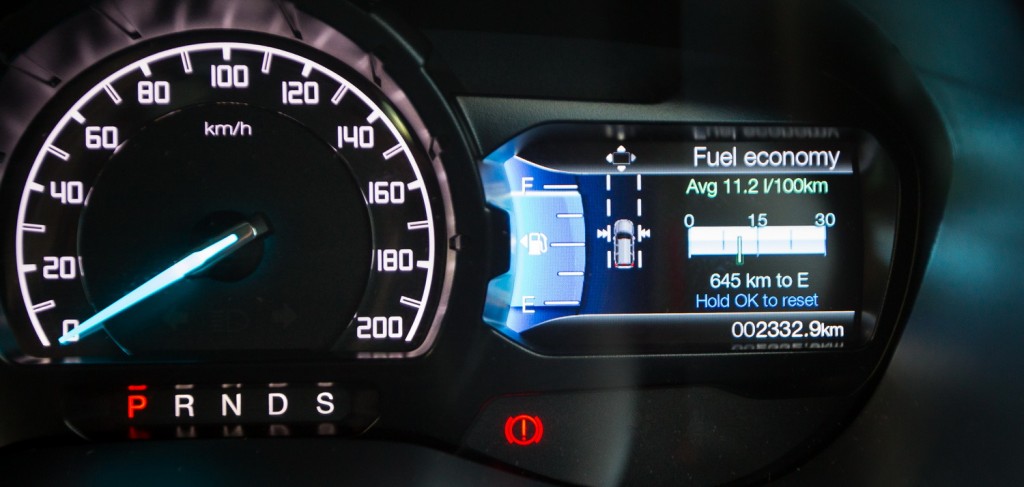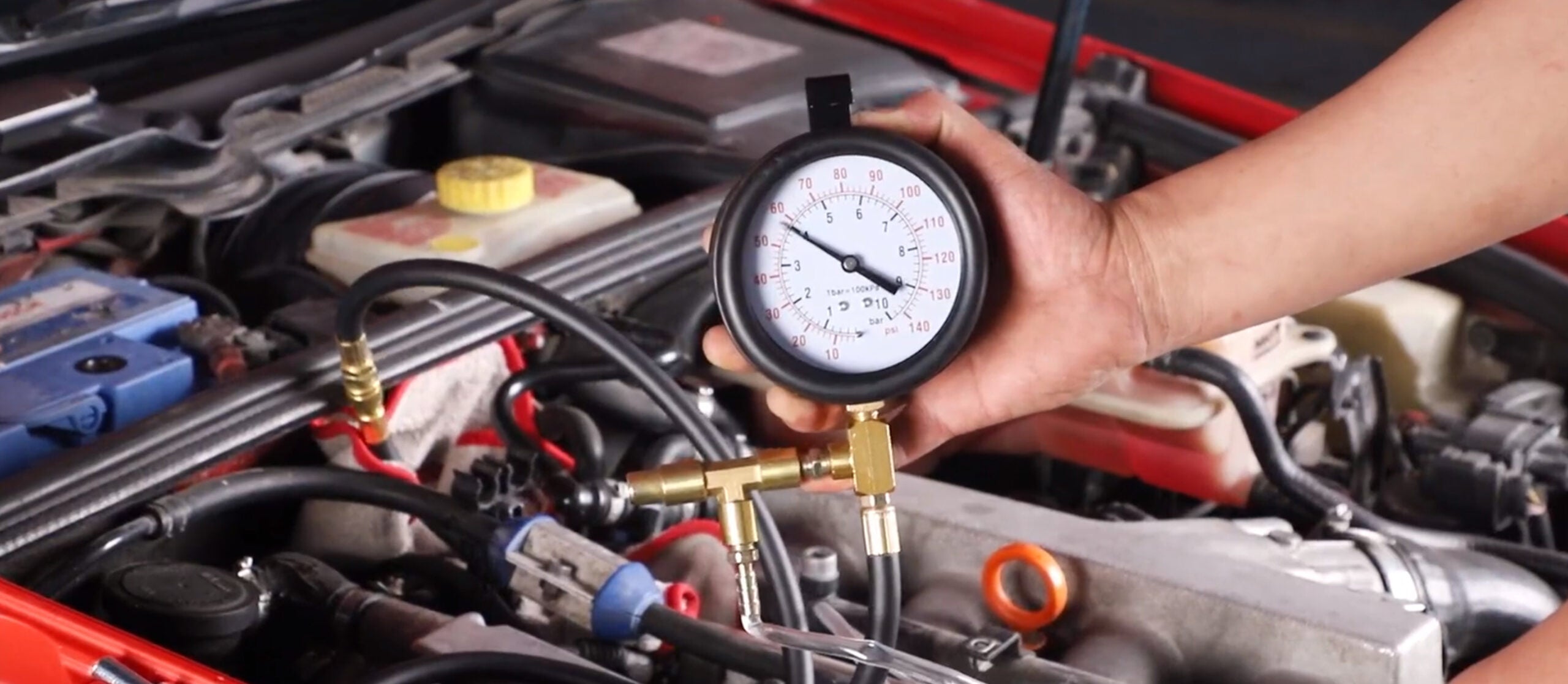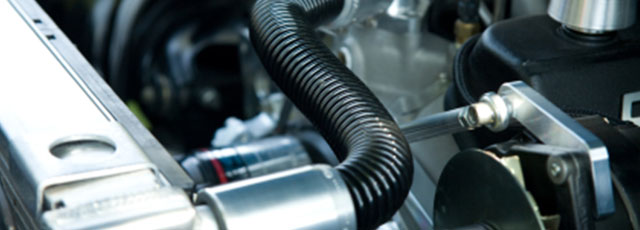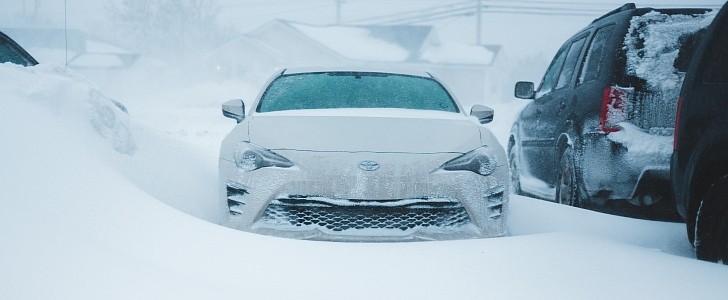
Vehicles are necessities in our daily lives. But after they are used for a long time, there will inevitably be some minor faults. Hard starting is one of them. The problem is that the starter can drive the engine at normal speed, but the car is hard to start. It takes several starts in a row or a long time to turn the starter to make the engine work.
2. Fault diagnosis (general procedures)
3. Fault diagnosis (key points)
● Leakage in the air intake system
● Too low fuel pressure, or abnormal holding pressure
● Pneumatic resistance due to large amounts of air in the oil circuit
● Clogged fuel return line or clogged fuel filter element
● Clogged air filter element
● Defective cooling temperature sensor
● The manifold absolute pressure sensor or the mass air flow sensor is faulty
● Bad auxilliary air regulator
● Undesirable working state of the exhaust gas recirculation valve
● Poorly working injectors (oil leaks, carbon deposits, gum clogging, etc.)
● Inaccurate ignition timing (worn connecting key on the timing pulley)
● Broken wire to the start switch computer
● Too low compression pressure in the cylinder
● Excessive carbon deposits in the intake pipe, intake valve and exhaust valve
● Incompetent ignition coils, spark plugs or broken ignition cables, etc.
● The injector fails during the cold start

2. Fault diagnosis (general procedures)
For the hard starting problem, it should be distinguished whether it occurs during the cold or hot start. No matter what the situation is, check the steps as follows.
① Carry out the faults self-diagnosis
If there is a fault code, look for the corresponding cause of the problem according to the code. The instrument can be used to read the data stream when the engine starts. We analyze the cause of the fault according to the value.
② Check the vacuum degree of the intake pipe at idle speed
If the vacuum degree is less than 66.7 KPa, or there is a "hissing" sound of air leakage near the intake pipe when idling, The air leakage occurs in the intake system.
Check the intake pipe joints, gaskets and vacuum hoses. The exhaust gas recirculation system and fuel evaporation recovery system also deserve attention.
③ Check the air filter
If the air filter is clogged, it should be cleaned or replaced.
④ Check the auxilliary air regulator
If the car can start when the throttle is in the position of 1/4 open degree, and the vehicle has starting problem when the throttle is fully closed, check if the component works normally.
Unplug the auxilliary air regulator's harness during cold idling, or clamp the additional air valve's intake hose in a vice during cold idling.
If the engine speed does not drop, the auxilliary air regulator is not working properly. This device and the control circuit should be checked.
⑤ Check the fuel pressure

⑥ Check the cooling temperature sensor and the intake air temperature sensor
If the resistance value does not meet the standard, replace the sensor. Check the signal voltage to see if it is the same as the standard. Otherwise, check the wire.
⑦ Check the mass air flow sensor or the manifold absolute pressure sensor
Use the multimeter or special instrument to detect the signal voltage of the sensors. If the value does not meet the requirements, the sensors should be replaced.
⑧ Check the cold start injector
If it is not easy to start when the engine is cold, but it's normal when the engine is hot, the cold start injector should be checked to see if it is working properly.
⑨ Check ignition parts
If the vehicle starts normally when the engine is cold, but it can't easily start when the engine is hot, check the ignition coil and the igniter.
If nothing is wrong, the fuel pressure should be checked. If the fuel pressure is too high, the oil pressure regulator's return pipe is blocked, which results in the pneumatic resistance in the fuel pipe after the hot engine turns off due to high temperature.
When inspecting the hard start, you should also check the working of the activated carbon tank solenoid valve. If there is a stuck symptom inside the solenoid valve, the valve spool will not typically return when the power is off. Then the air-fuel mixture can be too rich.
⑩ Check the ignition timing
Check the ignition timing at idle speed. If it does not meet the standard, it should be adjusted.
? Check the starting signal
Check if the starting signal from the ignition switch to the computer is correct. If the computer does not receive the signal from the ignition switch, it will not be able to control the enrichment. Then the car is difficult to start.
For this, the engine computer should be analyzed for data using a computer tester. Or check if there is a signal when starting from the computer harness plug. If there is no signal, the ignition switch or the wire may have problems.
? Check the fuel injector
Check if the fuel injector is dirty, clogged, leaking, or having spraying atomization, etc. If it does not meet the requirements after cleaning, it should be replaced.
? Check carbon deposits
Check the intake pipe, the intake valve and the exhaust valve for carbon deposits. If the symptom is severe, we should remove those things.
? Check the compression pressure in the cylinder
If the pressure is too low, the engine should be disassembled and inspected.
Change a new car computer?
If all the above inspections are normal, change a new car computer to test. If there is an improvement, the original computer is faulty and should be replaced.
3. Fault diagnosis (key points)
Control of air intake and fuel injection during electronically controlled fuel starting
The cooling water temperature directly controls the opening status of the additional air valve and the idle valve. The engine computer indirectly controls the starting signal. The intake volume and injection volume cannot be reasonably matched, which will cause too rich or too lean air-fuel mixture. The car can be difficult to start.
Carbon deposits clog the idle speed control valve. The air passage is very small. At this time, the injector still sprays the same amount of fuel. It causes the too-rich air-fuel mixture to start.
If the additional intake air is produced for some reason, the mixture can also be too lean. The engine can be difficult to start. Some extra problems include exhaust gas recirculation being stuck in the open position, leaking intake pipe, etc.

Due to the engine's low temperature and low speed during cold start, the fuel injected is not easily vaporized. So the air-fuel mixture can be too lean.
Therefore, the computer can determine the starting conditions based on the switch signal and the engine speed signal when the engine starts. Here are some specific controls.
● Injection increments are obtained by cold starting injectors.
● The computer-controlled injectors obtain the injection increments directly.
The computer calculates the basic injection pulse width based on the water temperature signal, then corrects it for the injection pulse width at start-up based on the intake air temperature signal and the battery voltage signal.
Key items to check
● Check fuel pressure carefully. Make sure how quickly the fuel pressure builds up, what the pressure value is and how well it is maintained, etc.
● The strength of high voltage sparks in the ignition system at starting also has an effect. Meanwhile, don't forget to measure the battery voltage and the ignition voltage of the computer and the ignitor.
Difference between the hard cold start and the hard hot start
Hard cold start means that it takes a few times to start the vehicle when the engine is cold. In contrast, it starts immediately when hot. The reason for the hard cold start is that the air-fuel mixture is too lean or too rich.

The causes of hard cold start are cold start injectors not spraying oil, coolant temperature sensor failure, air intake sensor failure, poor injector atomization, carbon deposits in the intake pipe, insufficient ignition energy, spark plug failure, auxilliary air regulator failure, etc.
Hard hot start means that the cold start is normal, but the hot start is difficult or even impossible to start. The causes of hard hot start are coolant temperature sensor failure, intake air temperature sensor failure, several injector leakage or poor atomization, defective idle valve, high oil pressure ignition failure, etc. The underlying reason is that the air-fuel mixture is too rich.
Carbon deposits
Among carbon deposits formed in various engine parts, carbon deposits at the rear of the intake valves have the most significant impact on the engine.
The air intake and instantaneous air intake rate can lead to poor acceleration and reduce the top speed. Carbon deposits are porous. They are absorbed in the intake valve when the engine is cold. This process makes less fuel enter the cylinder. The air-fuel ratio becomes low.
 Lauritz Carolsfeld
Lauritz Carolsfeld  November 01, 2021
November 01, 2021
